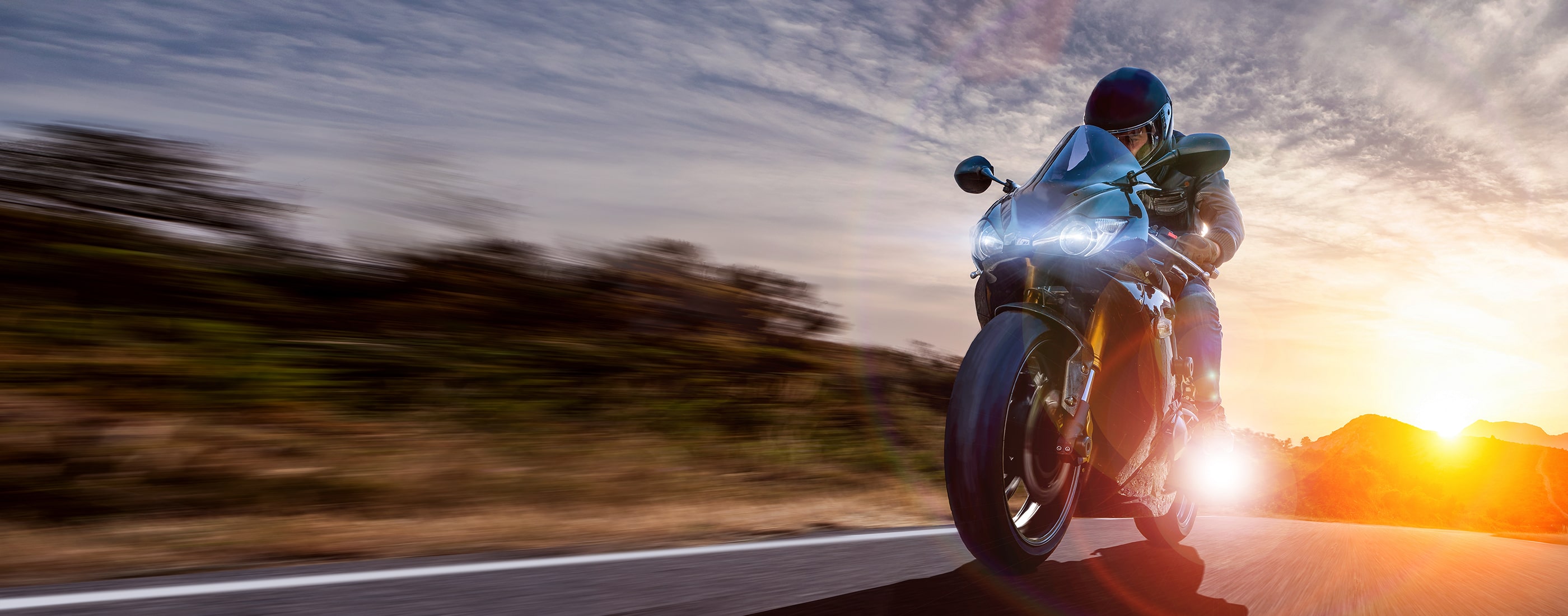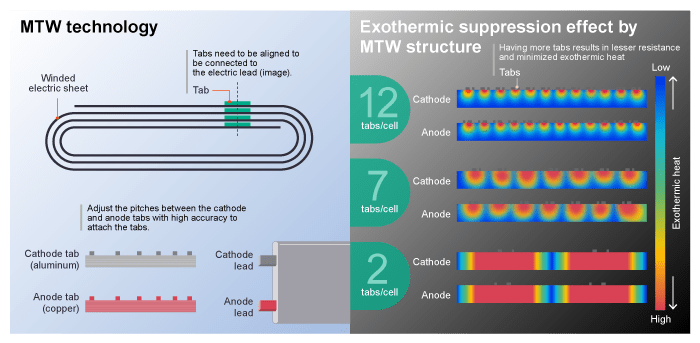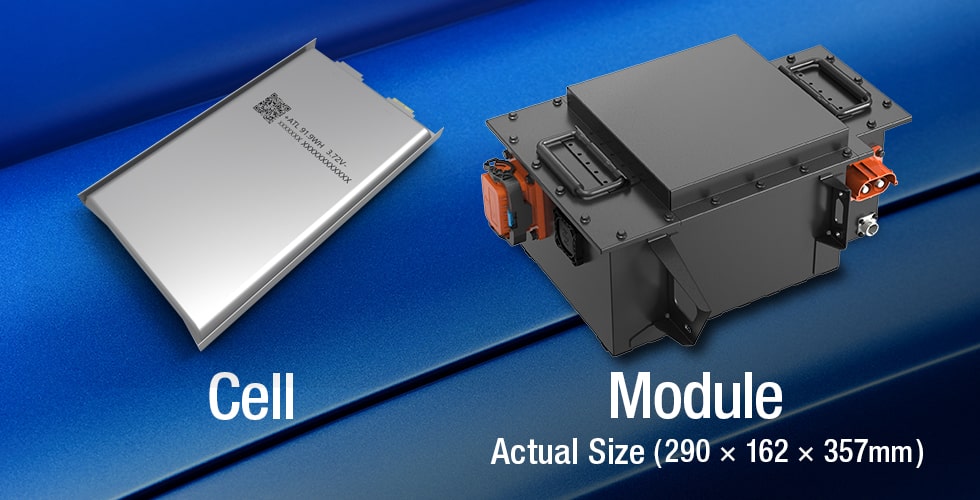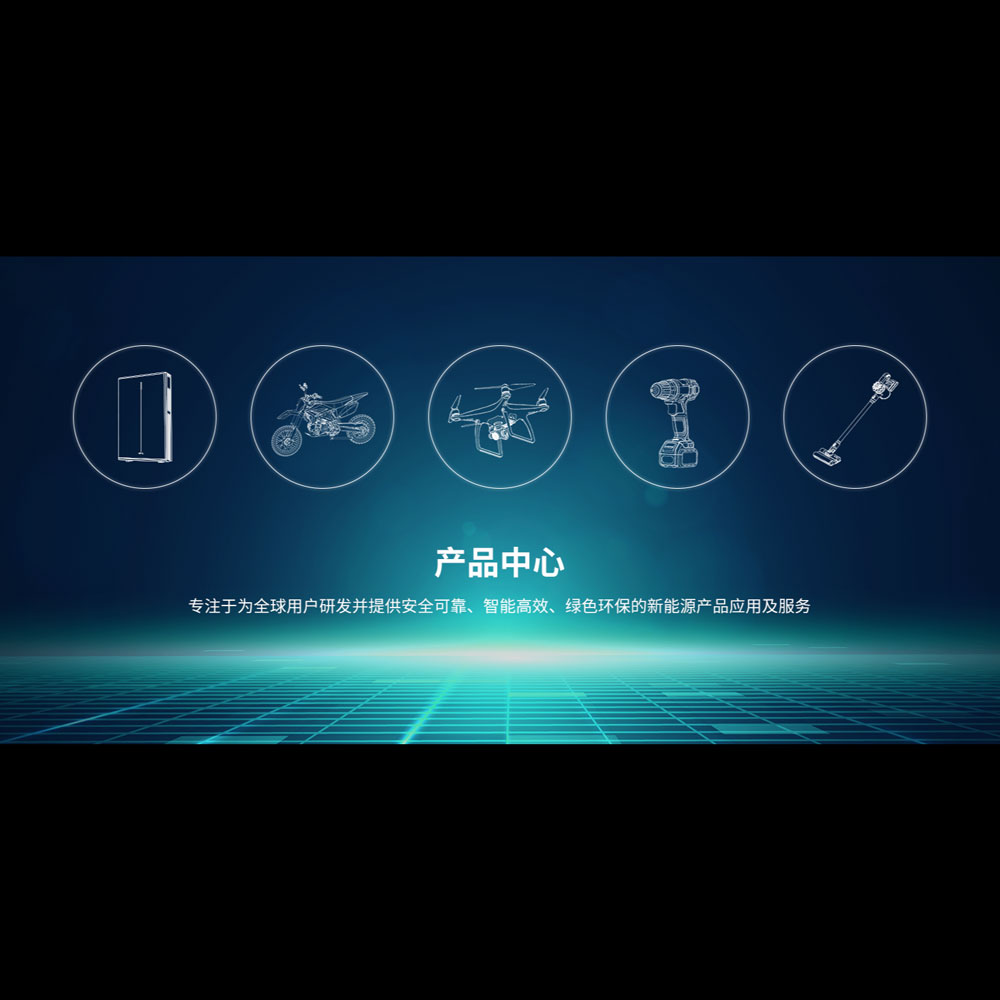The Secret Behind High-Performance Batteries That Will Propel Electric Motorcycles Forward
Technological Challenges That Must Be Overcome for the Widespread Adoption of Electric Motorcycles
While cars are rapidly going electric, the motorcycle market is also beginning to see the introduction electric models as CO2 emissions regulations tighten. Furthermore, hazard avoidance solutions for motorcycles—known as rider assist systems—are being developed, making motorcycles no exception to the ADAS*2 trend. In addition, electric motorcycles—along with electric two-wheel vehicles, electric minicars and small two-seater EVs, electric kickboards, and other micromobility vehicles*3—are expected to play the “last mile” role of MaaS*4, a paradigm where mobility by all modes of transportation, excluding private cars, is unified as a service.
Progress towards electrification of motorcycles is closely watched in the Asian region, such as in China and India, where people mainly use motorcycles as a means of everyday transportation. In China, electric two-wheel vehicles, including electric bicycles, are one of the most prevalent tools of mobility, with an estimated 200 million in use*5. On the other hand, electric motorcycles capable of speeds exceeding 50 km/h are still in the minority, although future growth is expected. India has also announced that all vehicles sold in the country, including motorcycles, are to be electric by 2030. In Europe, the UK and France have declared they will cease sales of vehicles with internal combustion engines beginning in 2040—all of which suggest that the shift from internal combustion engine motorcycles to electric motorcycles will continue worldwide.
Global Market Forecast for Electric Motorcycles (2017-2020, 2025)

Source: Created based on Global Electric Motorcycle Market: Key Research Findings 2018 by Yano Research Institute Ltd.,
February 8, 2019.
However, the full-scale adoption of electric motorcycles requires a plethora of technical hurdles to be cleared, including extending their range and shortening their charging times, along with infrastructure development such as the build-out of charging stations. Essential to solving these problems is the advancement of batteries, the heart of electric motorcycles. Today, electric motorcycles are increasingly using compact, lightweight lithium-ion batteries*6 featuring high energy density.
High-Power, Long-Life Battery Solutions That Support a Comfortable Ride and Longer Range
Lithium-ion batteries, depending on the shape of the cell, can be categorized into cylindrical, prismatic, and pouch (laminated) types. The pouch type has higher energy density, can be made thinner and lighter, and has greater flexibility with shape. For electric motorcycles, the capacity of the battery directly impacts range. Since the battery is confined to a small space, high energy density and light weight are required. In particular, TDK offers specially-designed pouch-type lithium-ion batteries for electric motorcycles that are lightweight and powerful. They also have superior lifetime charge cycles and charge/discharge characteristics at low temperatures. Because pouch-type lithium-ion batteries were typically made for small consumer electronics devices like smartphones, they did not necessarily have sufficient operating temperature ranges suitable for use in applications such as electric motorcycles. TDK has been able to dramatically improve utility in cold environments by optimizing the design of materials used for electrodes, etc.
Additionally, the pouch-type lithium-ion battery for electric motorcycles has achieved stable discharge at higher output compared to other lithium-ion batteries, increasing the driving power of the motorcycle. Concurrently, by controlling the battery’s internal electrical resistance which can cause abnormal overheating and loss of power, safety is improved, and leads to a more comfortable ride. Also, with Flash Fast Charging technology, the battery can be rapidly recharged to 80 percent of its capacity in 25 minutes, reducing charging time. Furthermore, TDK has achieved the modularization of multiple cells and even the vertical integration of circuitry known as BMS (battery management systems), offering an optimized, comprehensive solution.
Discharge characteristics at low temperature
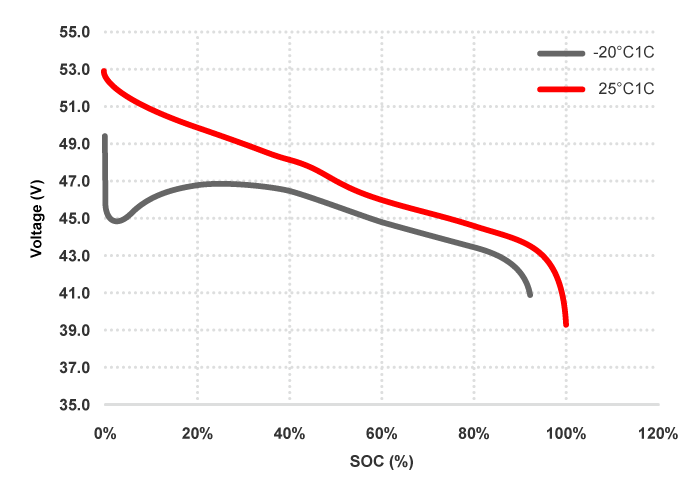
*SOC: Indicates the current level of charge in relation to the battery’s capacity
 Sales Lead of Poweramp
Sales Lead of PowerampRaymond Ye
Since its founding in 1999, ATL (Amperex Technology Limited), a TDK group company, has been refining its technology and expertise in pouch-type lithium-ion batteries, its core product. In the market for lithium-ion batteries for smartphones, ATL-branded products boast the world’s top market share as of 2020. By applying this specialized technology and expertise on pouch-type batteries, Poweramp, an ATL group company, has developed lithium-ion batteries for electric motorcycles.
Stable discharge at high power output and reduced current resistance have been achieved through their proprietary Multiple Tabs Winding (MTW) technology.
In a lithium-ion battery, a terminal called a “tab” is attached to the positive and negative electrodes of the battery to allow current to flow in and out. MTW technology utilizes multiple tabs that are precisely aligned with each other to prevent local overheating, reduce current resistance, and enable stable discharge at high power output. We asked Poweramp’s Sales Lead, Raymond Ye, why Poweramp uses MTW technology in its design.
“To support high-performance electric motorcycles, we use MTW technology to control the rise of temperature during discharging effectively, so that the energy system as a whole can benefit from stable performance, a high degree of safety, and consistent power output.”
Raymond Ye speaks about future prospects. “In order for electric motorcycles to become part of next-generation micromobility, they need to be more efficient, safer and more convenient. TDK’s lithium-ion batteries can make a significant contribution to these challenges, and is sure to become a reliable source of power for electric motorcycles in the near future.”

Terminology
- Electric motorcycles: In this article, the term “electric motorcycle” refers to electric motorcycles excluding electric bicycles (assisted or full).
- ADAS (Advanced Driver-Assistance Systems): Advanced driving assistance systems that enhance the safety of automobiles.
- Micromobility: Vehicles smaller than automobiles that carry one or two passengers, such as electric scooters, electric motorcycles, kick boards, and mobility scooters for seniors.
- MaaS (Mobility-as-a-Service): Providing mobility by all modes of transportation, excluding private cars, as a single service by managing traffic information and related services in the cloud by leveraging information and communication technologies. When MaaS is fully realized, users will be able to search, book, and pay for multiple mobility services including buses, railroads, flights, and hotels in an integrated manner. However, there are no clear definitions of the term made by international institutions, and interpretations may vary from country to country.
- Electric two-wheel vehicles in China: Lead-acid batteries are primarily in use today.
- Lithium-ion battery: A lithium-ion battery has a positive and negative electrode, and is charged and discharged by the movement of lithium ions between them.
